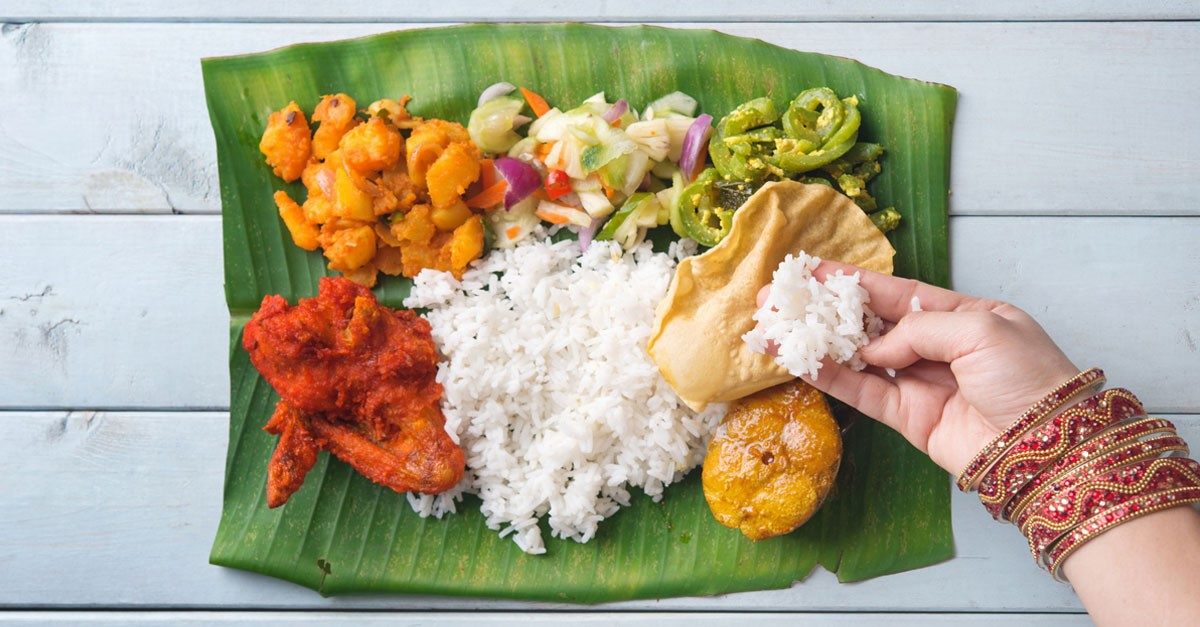Winter is a great time to enjoy cozy woolens and the chill in the air. Just like fashion trends come and go, it’s the same for food, especially during winter. There are foods that carry the essence of winter winds and fuel the body and are filled with benefits. Some of the most popular dishes are mentioned below.
Makkai ki Roti
It is a delicacy in Punjab and people devour this during the winter because of the high-calorie content, which keeps the body warm. They are made of maize which grows during winter and that is why it is a famous winter dish. There are several dishes that are served along with these rotis.
Sarson Ka Saag
This dish is actually one of the accompaniment to Makkai ki Roti and is made of mustard. Spinach is added to the dish when it is cooked, which gives the dish a delightful taste and the rich green color. Since both the ingredients are freshly available in winter, they are a winter specialty.
Haldi Ki Sabzi
This actually refers to a curry made of turmeric which is a great accompaniment for the makkai ki roti and helps in keeping the body warm and also provides energy during the winter. Turmeric or Haldi already has some chemicals properties that are best suited for winter, for which this dish is loved by everyone.
Dal Bati Churma
The dish is made with Dal or lentils and also bread rolls prepared out of hard wheat flour. The dal can be made out of moong dal, Toor dal or urad dal. Various other spices are added to the dal which give it an ecstatic taste. It is also healthy because of the whole wheat flour, an essential component filled with carbohydrates, which can generate higher energy with protein-packed dal making it a wonderful dish for the winter.

Gaund Ke Laddu
Gaund Ke Laddu is a food that is made with edible gums. These edible gums are great for the body because they provide the much-needed heat and energy to the body. It is also said to strengthen bones. That is the reason why this sweet dish is mostly prepared in different places during winter. It is a delicacy from Rajasthan.

Gajar Ka Halwa
Gajar ka Halwa is a dish loved by everyone all across the country and is one of the most common Indian desserts. It is consumed during the winter as it is rich in vitamins and fibers, which can help a person fight the cold temperature of winter. Carrot is a great food for all times, but during the winter this vegetable gets an exquisite taste, especially when made into the much loved Halwa.

Bajra Kheej
Bajra Kheej is another dessert that is prepared with wheat, milk, sugar etc. It is made by condensing milk and is rich in calcium which helps in preparation of the dishes, making it a great dish for winter. The calcium present in the dish helps muscle function and bone structures, which are essential during winter. All the dishes mentioned above are unique in taste and are popular during the winter due to their energy producing properties and essential nutrients prepared in this aspect. This makes these foods perfect for the chilly winter months.



